Of the dozens of products in your cupboard or fridge right now, do you really know what every single one is made of? Some might surprise you, like the paprika in your spice rack.
An Instagram post describing exactly how paprika is made has gone viral. After watching the post, hundreds of users commented that they were shocked to learn that paprika doesn’t come from seeds or herbs like most other spices. Do you know what paprika actually is?
Paprika Is One of the Most Popular Spices
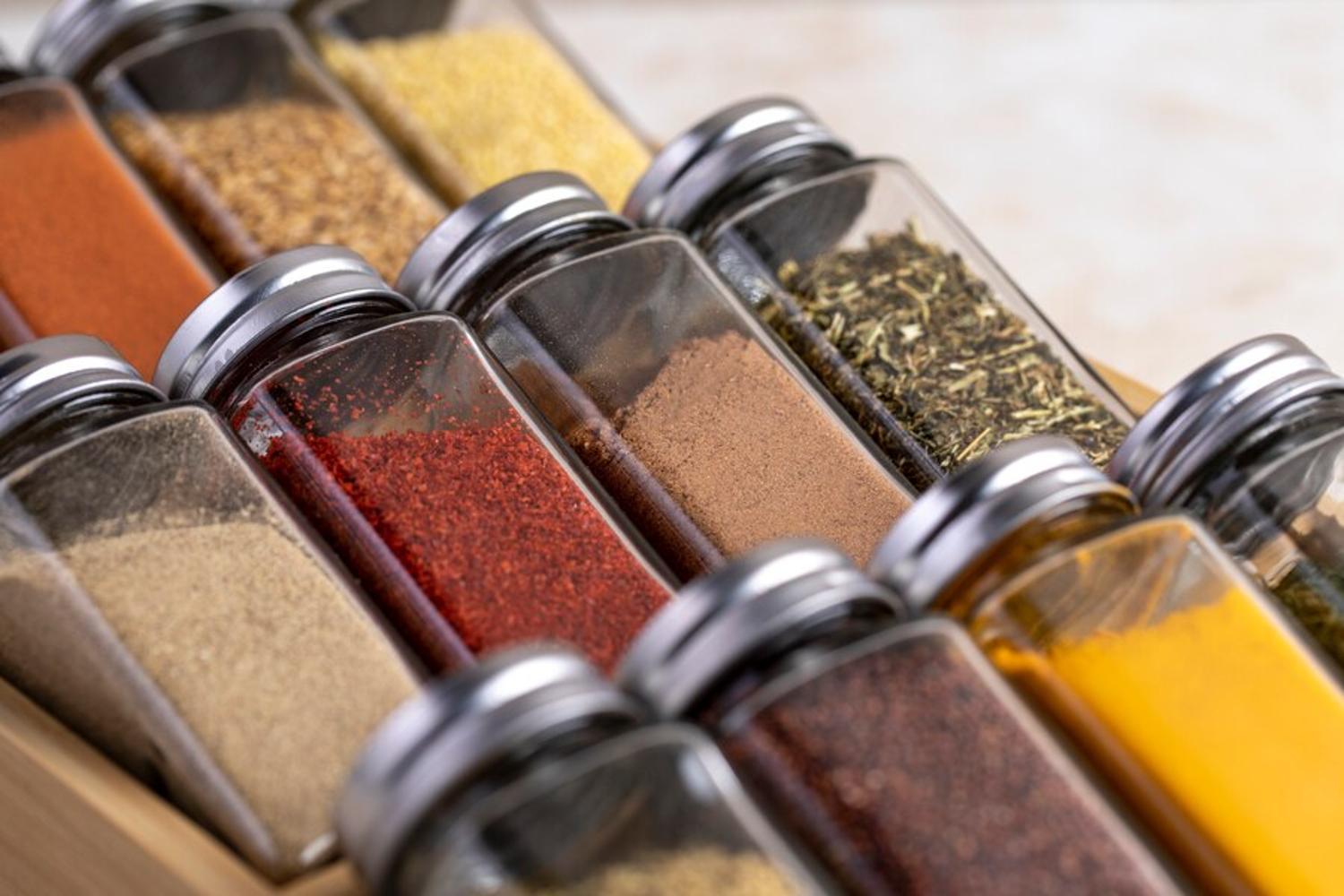
Aside from the basics like salt and pepper, paprika is certainly one of the most commonly used spices. The bright red powder is often confused with chili powder, but it’s much different.
Paprika has a sweet but earthy flavor, and there’s even smoked paprika for those who enjoy the chargrilled flavor. People around the world use paprika to add extra flavor to their barbeque sauces, meat marinades, seafood dishes, and much more.
Paprika Is Also Incredibly Good for You

In addition to being exceptionally tasty, paprika is also very good for the body. It is chock full of vitamins, including Vitamin A, Vitamin K, calcium, potassium, and phosphorus, each of which helps the body in numerous ways.
Additionally, paprika has a plethora of antioxidants, which can help reduce the risk of certain cancers, heart disease, and even improve the immunity system.
Most Spices Are Made From Leaves or Seeds
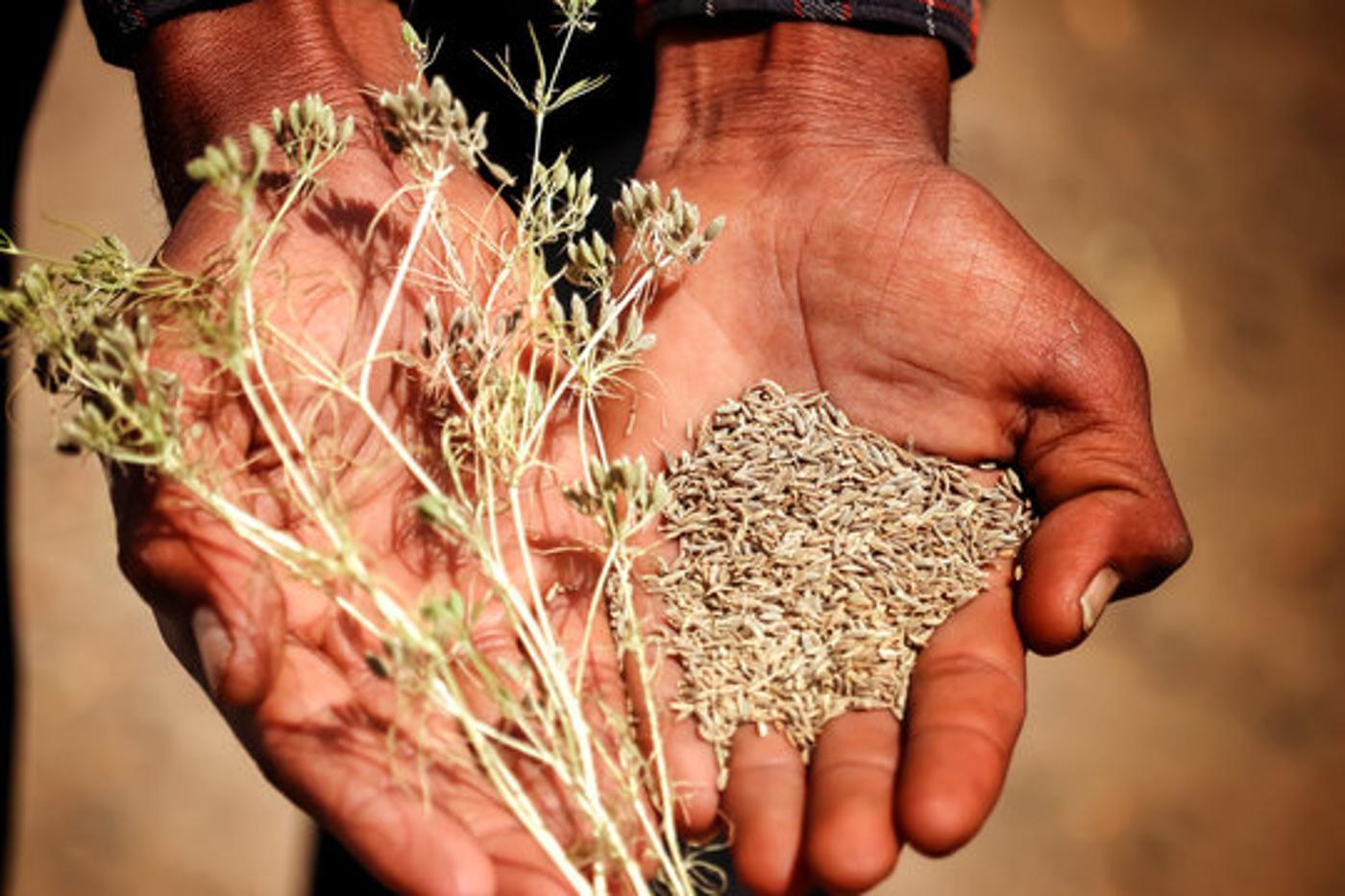
The majority of the spices in your spice rack are made from plant seeds or leaves. Cumin is the dried seed of the cumin herb, and oregano is made from dried leaves of oregano plants, as are rosemary, sage, and basil.
However, some rare spices are made from fruits and vegetables. Black pepper, for example, is made from peppercorn berries while they’re still green, then they’re dried until they look like the black pepper in the grinder.
There Is No Paprika Tree or Leaf
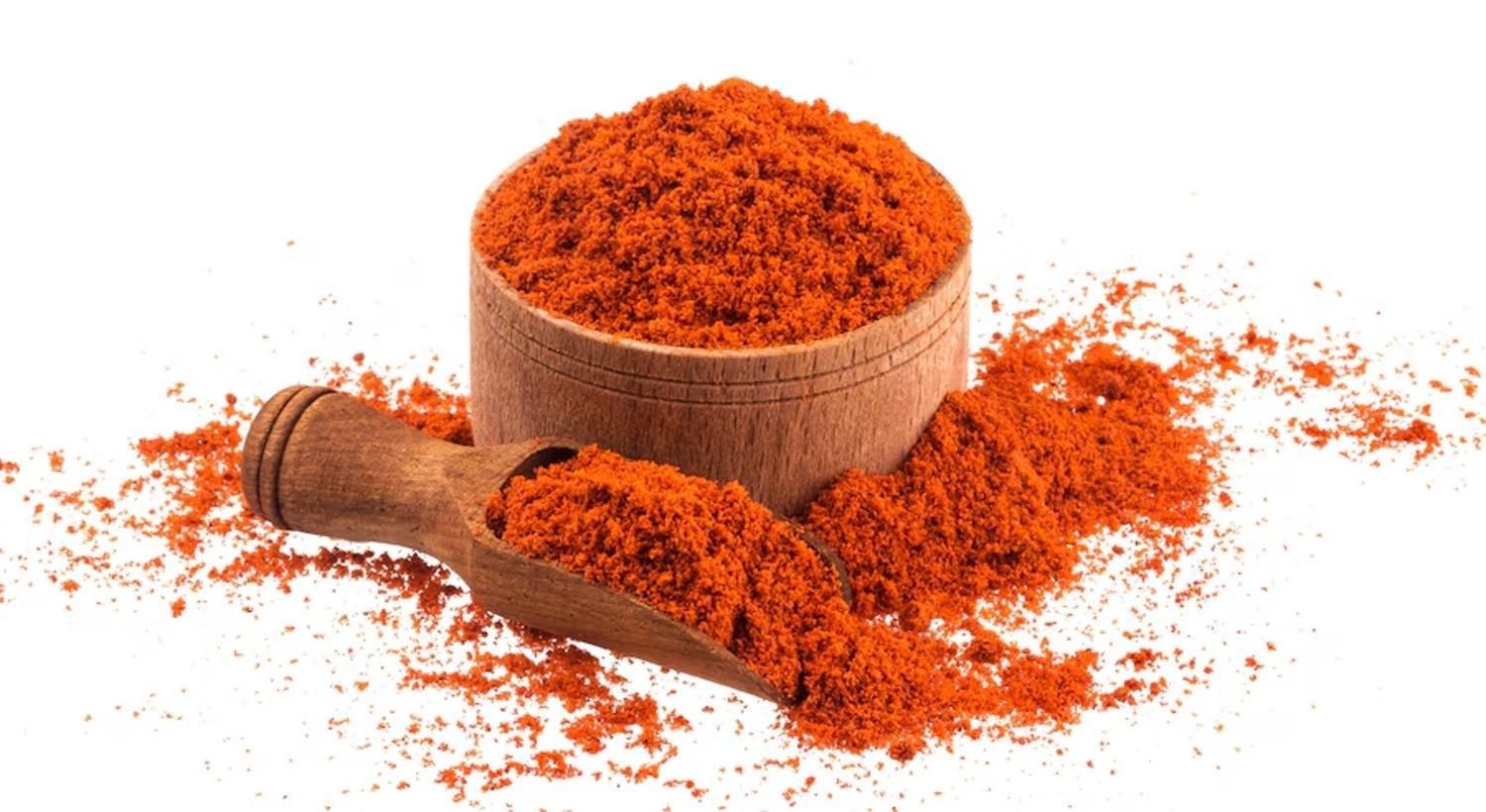
Although the vast majority of spices are made from leaves or seeds grown on trees, there is no such thing as a paprika tree. So, where does paprika come from?
Paprika is actually made through the drying and pulverization of sweet red peppers, capsicum peppers, to be precise. For those who don’t know what capsicum peppers are, you may call them bell peppers.
How Paprika Is Made
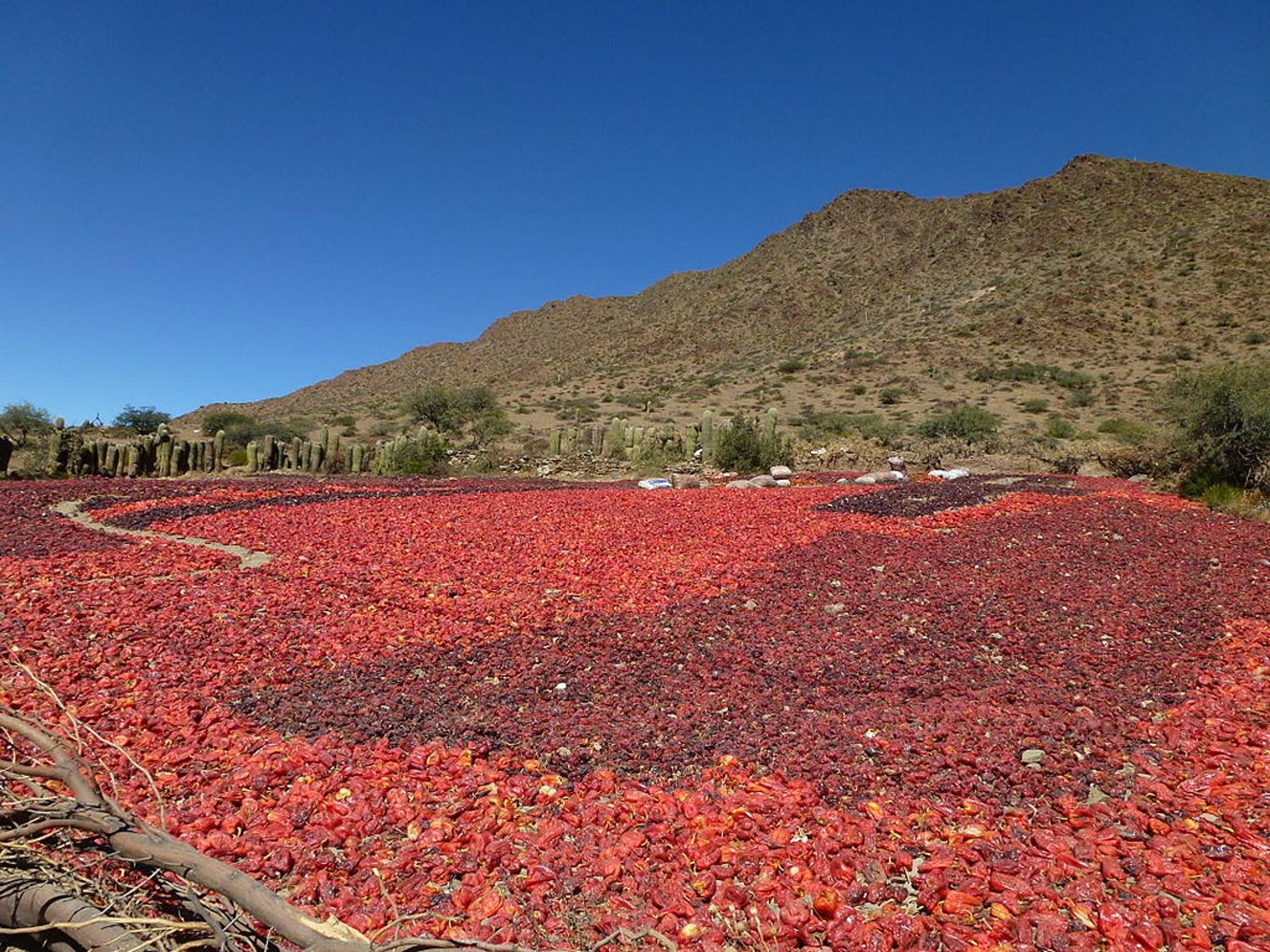
In order to make paprika, farmers around the world grow massive amounts of red capsicum peppers. Then, they remove the peppers from the plants once they’ve ripened and lay them out to dry. The peppers need to be dried in a hot but arid temperature, like an outdoor oven, so that they don’t grow mold.
Once the peppers are as dry as they can be and completely devoid of moisture, they are ground into an extremely fine powder. And that’s it; that’s paprika.
Which Countries Are Best Known for Paprika?

Although paprika can now be found all over the world, there are two countries in particular that make the most paprika: Spain and Hungary. In fact, paprika is the national spice of Hungary!
What’s especially interesting about the fact that both countries that produce the most paprika are in Europe is that bell or capsicum peppers are not native to the continent.
The Rich History of Paprika
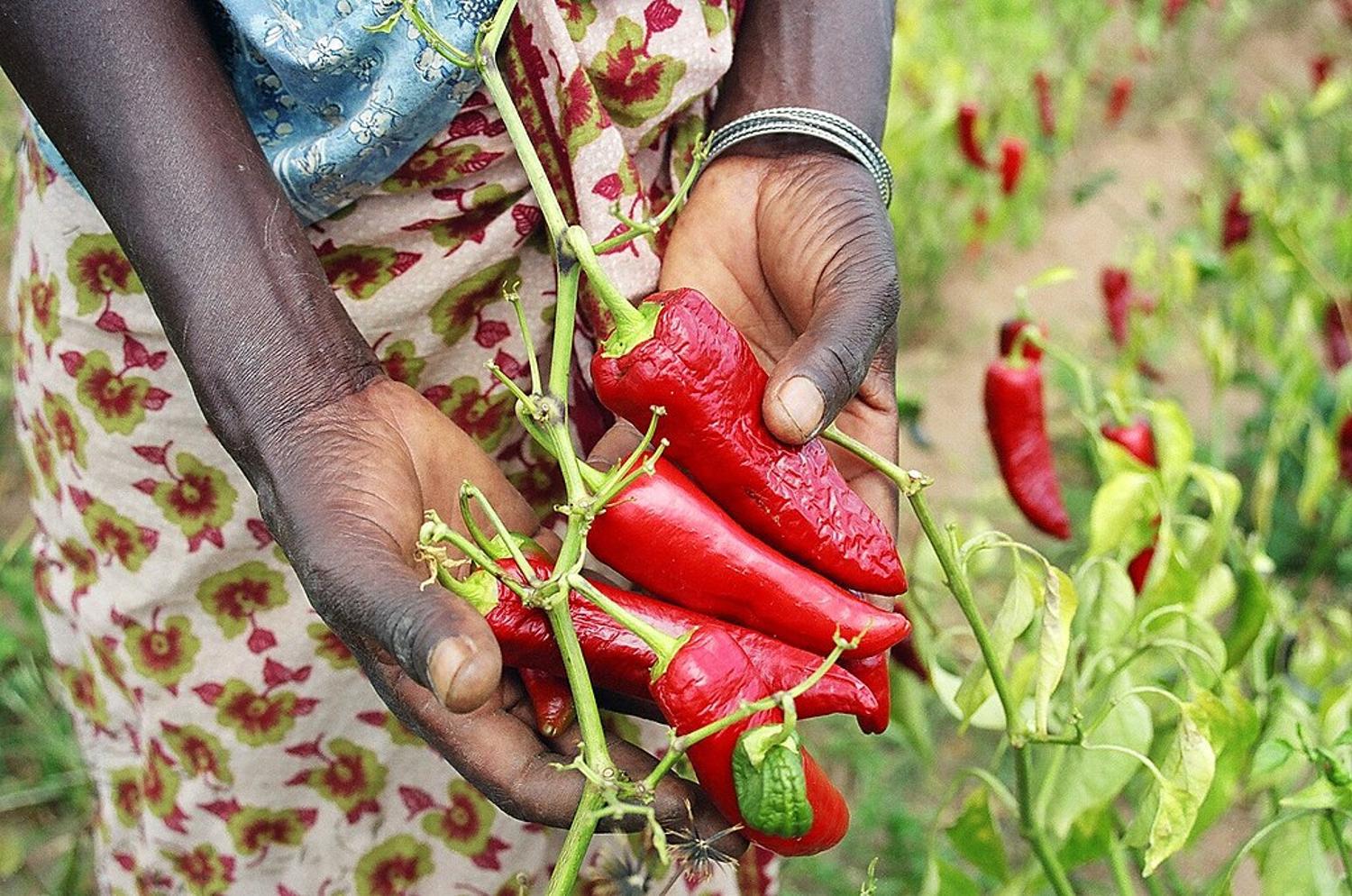
The Capsicum annuum is a New World plant, meaning that it was not discovered by Europeans until voyagers like Christopher Columbus brought it back from the Americas in the 15th century.
Experts believe the capisum plant originated in Mexico and spread throughout Central and South America through indigenous trade routes. The people living there ate both the peppers and the powder, paprika, for thousands of years before they made their way to Europe.
Chili Powder Is Quite Similar to Paprika
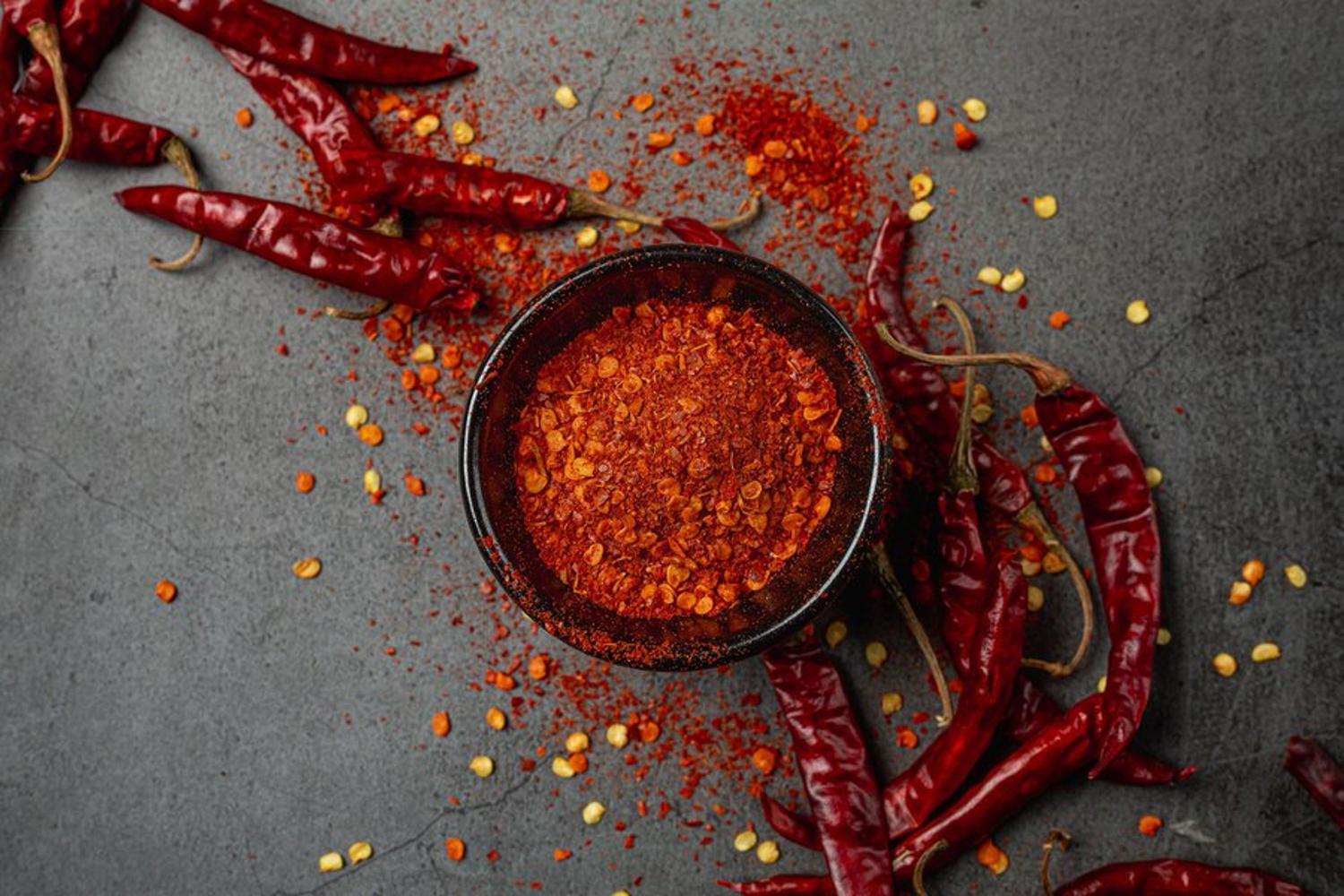
People often associate paprika with chili powder as they are a similar color. And while paprika and chili powder taste very different, one is sweet and earthy while the other is spicy, they actually do have something in common.
Like paprika, chili powder is made from the pulverization of peppers. However, instead of capsicum peppers, chili powder is made from… well, chili peppers. Similarly, the cayenne spice is made from grinding cayenne peppers.
This Information Was Shocking to Many Instagram Users
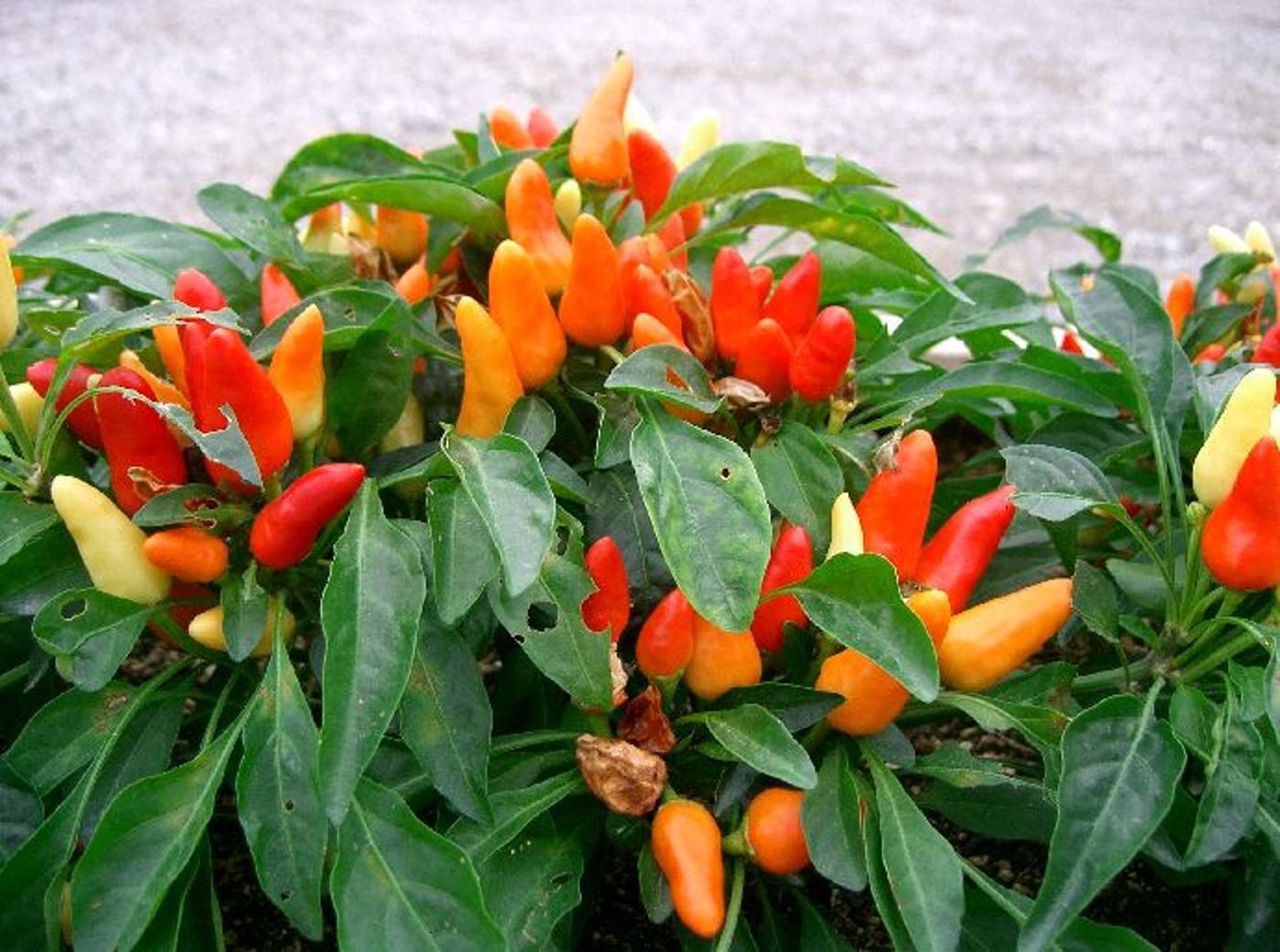
When Australian food company Nutraorganics posted on Instagram explaining that paprika was made from red bell peppers, hundreds of users commented their absolute disbelief.
One user wrote, “I don’t know why I thought there was a paprika tree somewhere,” and another exclaimed, “Wait .. what ?!! I don’t believe you! I’m actually in shock – I HATE capsicum.”
How to Make Your Own Paprika

There has been a trend throughout the US and the world in recent years where consumers want to make their own food so that they know exactly what is in it. If you’re interested, you’ll be excited to learn that making your own paprika is actually quite simple.
After harvesting your capsicum peppers, all you need to do is dry them for between 12 and 48 hours, depending on the heat and humidity in your area. Then, you can use either a blender or a mortar and pestle to grind the peppers into a fine powder. For exceptionally fine paprika, you may want to strain the powder through a sieve.
It’s Exciting and Important to Learn Where Your Spices Come From
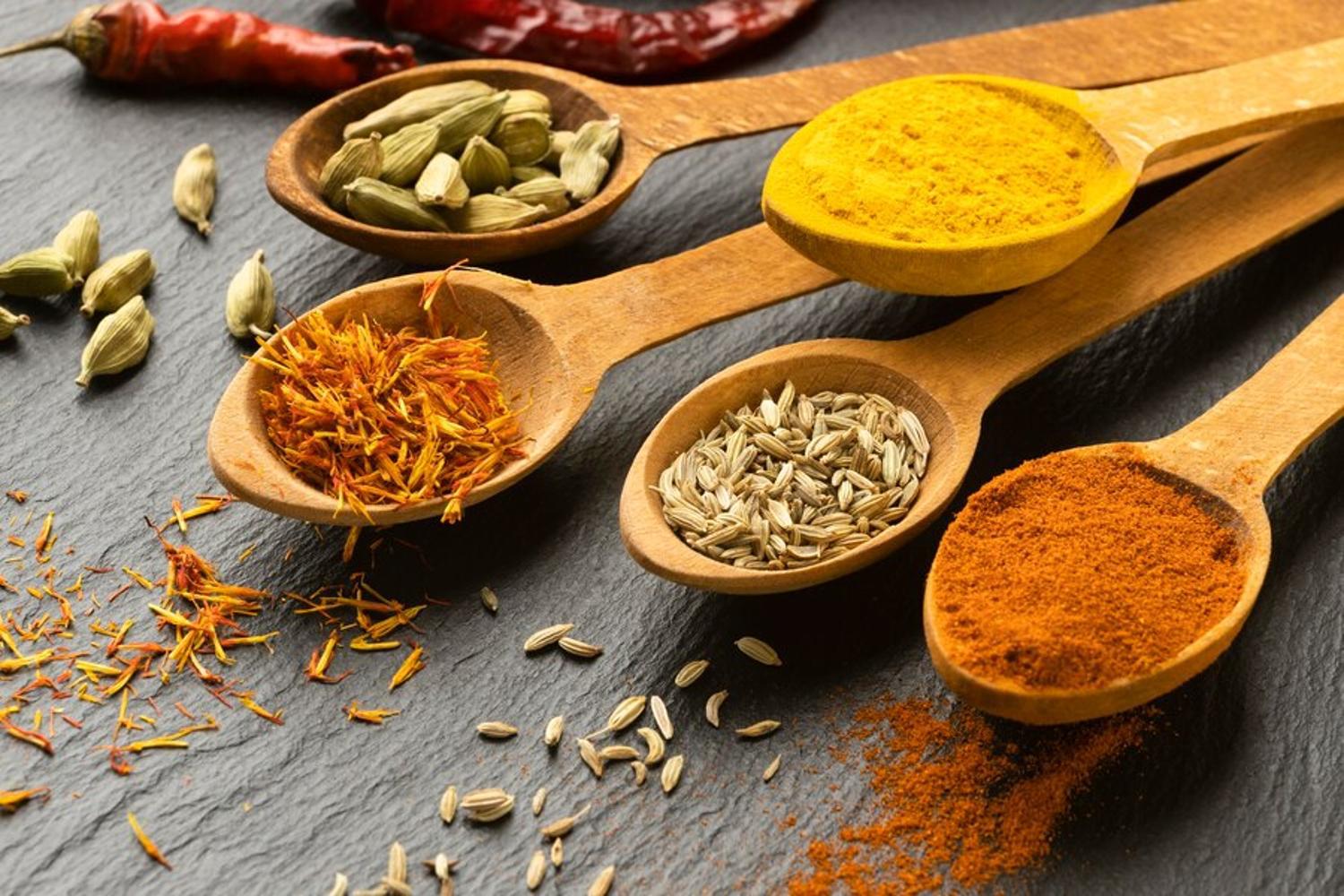
Many of us simply add a few spices to our meals and move on, but knowing exactly what’s in those spices and how they’re made is not only important: it’s also exciting.
Paprika is just one of many interesting spices in your cupboard, but now you know exactly where it comes from and how it’s made, so you can enjoy it even more.








































